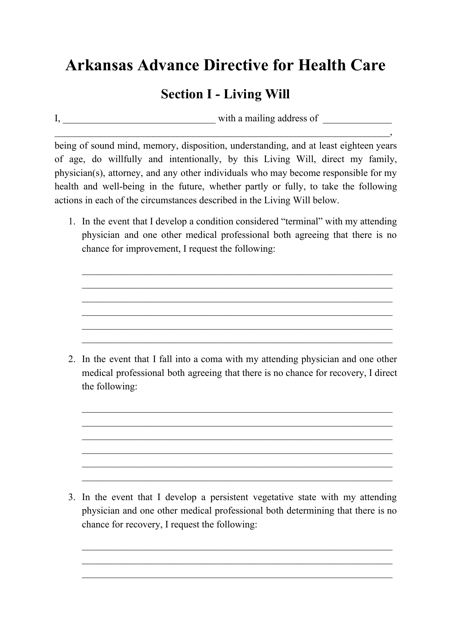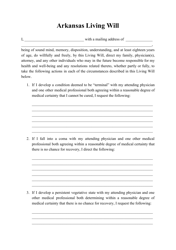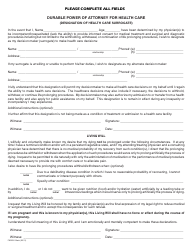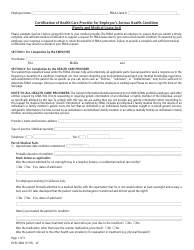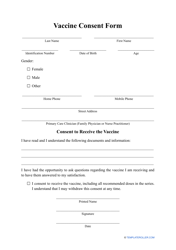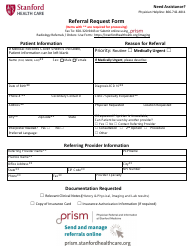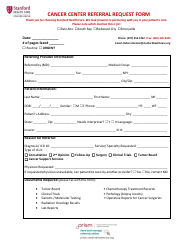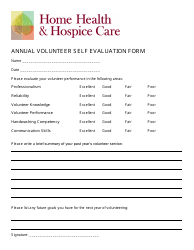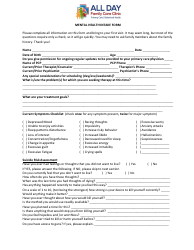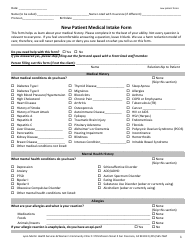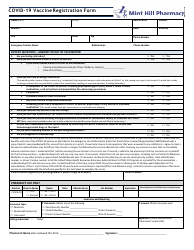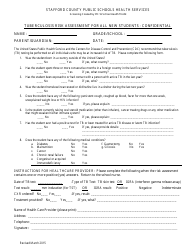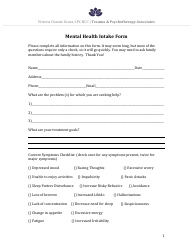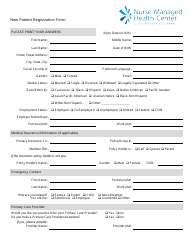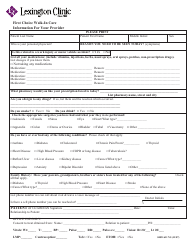Advance Directive for Health Care Form - Arkansas
An Arkansas Advance Directive is a crucial form that allows of-age individuals to have legal control over their medical treatment in the event when they are unable to speak for themselves. When a patient does not have their wishes about the kinds of medical treatment they do or do not want to receive specified, these decisions can be placed in the hands of family members, doctors, or even judges, who may know very little about what the patient prefers. Download a ready-made directive through the link below or make your own form with our customizable template.
The document provides an efficient and flexible format for planning out future health care and gives patients the option of electing a trusted individual or health professional to oversee their care. There is a difference between an Arkansas Advance Directive for Health Care and an Arkansas Living Will. The former are oral or written instructions about future medical care in case the individual becomes too ill to communicate. The latter is a specific type of directive that takes effect only when a patient is terminally ill.
An Arkansas Advance Directive is described in § 20-17-201 (Definitions) to § 20-17-218 (Repeal) of Chapter 17 (Death and Disposition of the Dead) Subchapter 2 (Arkansas Rights of the Terminally Ill or Permanently Unconscious Act) .
What Is an Arkansas Advance Directive?
An Advance Directive is a document in which an individual states their preferences regarding health care procedures that become effective when they are no longer able to make decisions for themselves. The contents can be updated and changed as often as the individual wishes.
The form includes two parts in total:
- A Living Will - a specific type of Advance Directive which can also be used on its own - is a signed and witnessed document called a "declaration" or "directive" with instructions for an attending physician to withhold or withdraw certain medical interventions once the signer is no longer able to verbally make decisions about medical treatment.
- A Durable Power of Attorney for Health Care - otherwise known as a Health Care Proxy - is a notarized document in which the signer designates an agent to make healthcare-related decisions on their behalf.
How to Write an Advance Directive in Arkansas?
Advance care directive in Arkansas usually features the following steps:
STEP 1 - Elect a health care proxy - or agent - to make medical decisions on your behalf. Be sure to choose a person willing to respect and follow your wishes
STEP 2 - Write down your wishes regarding any limitations in medical treatment. Specify whether you agree to be on a dialysis machine, extracorporeal membrane oxygenation (ECMO) machine, receive CPR or take antibiotics to treat infections
STEP 3 - Make decisions regarding the possibility of organ and tissue donation and state your preferences regarding burial and the disposition of remains.
STEP 4 - Keep the original signed and certified form, hand a copy out to your agent and ask your doctor to keep a copy of your document with your medical records.
